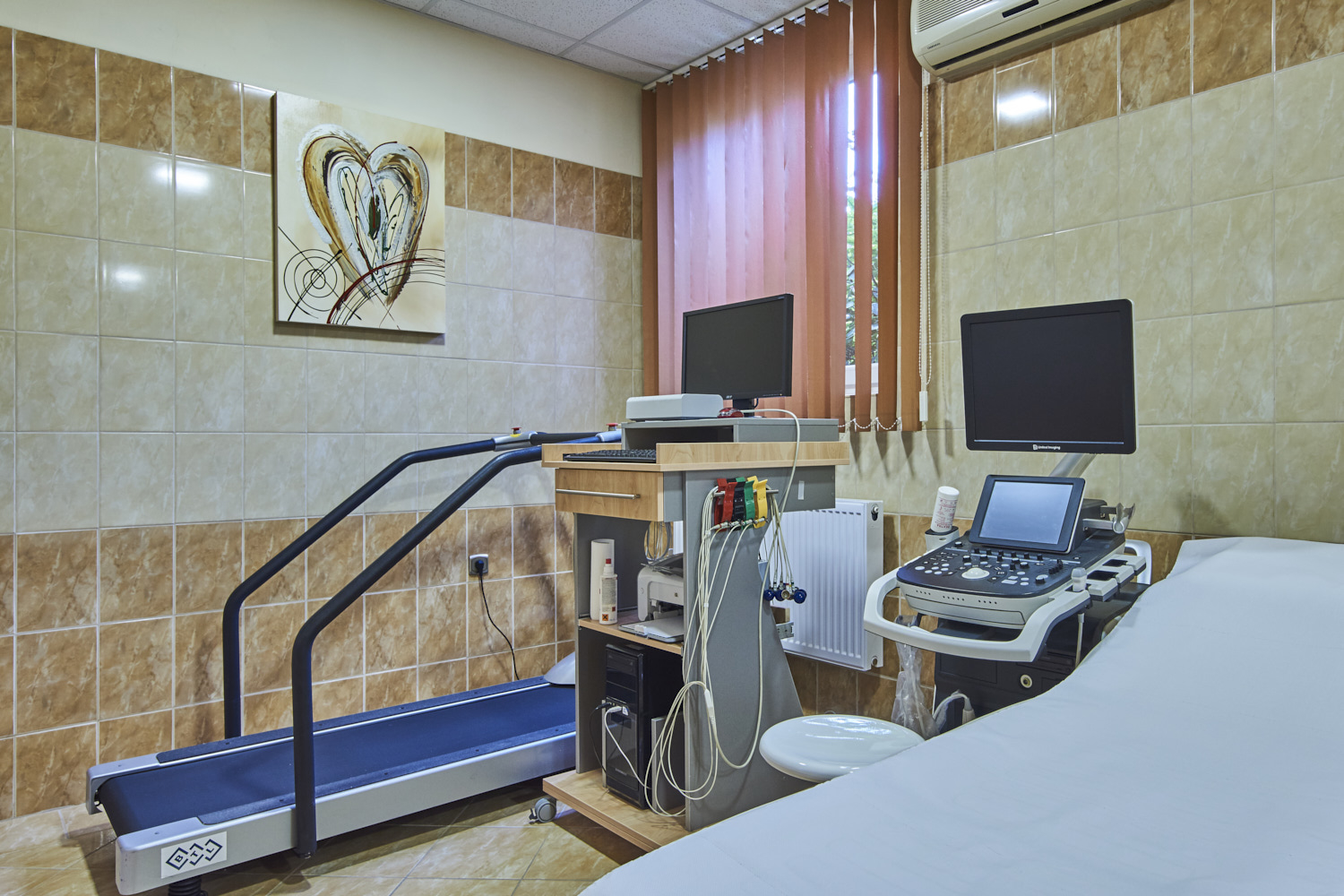Orthopaedics Department of ORMOS Institute deals with investigating and treating of the congenital and hereditary disorders of the bones and joints of upper and lower extremities, and the disorders of spinal vertebrae and the surrounding soft tissues.
The most common complaints and diseases with which our patients come to us:
Degenerative joint diseases, limited range of motion, heel pain, shoulder pain, flat feet, bunion, hammertoes, other feet and ankle deformities, ganglion (fluid-filled lump near joints) joint inflammation, sports injuries.
The process of the orthopaedy specialist examination:
Taking of the patient’s musculoskeletal history includes information on the patient’s previous musculoskeletal diseases, operations and accidents (fracture, sprain, wrench), life-style (sport, working conditions).
During the physical examination our specialists examine the following:
- walking, posture of the patient;
- form and function of the chest and spine,
- sensory circle and movements of the lower and upper extremities;
- form, function, range of motion and deformity of joints;
- axis deviations and foot deformities.
Our Institute provides the following additional examinations optionally:
Laboratory tests (synovial fluid crystal examination, immunoserology-, hormone-, microbiology tests),
Imaging examinations (traditional X-ray, ultrasonic examination of joints, bone density measurement (hip, waist), computerized pressure examination of the foot).
We can provide a consultation opportunity with our rheumatologist, traumatologist and internist specialists.
Our specialist helps you to prevent further deterioration with information and lifestyle counselling.
Our patients are asked to bring their previous medical or instrumental diagnostic findings, and other relevant medical documentation with themselves.
Therapeutic options:
The most common complaints and diseases with which our patients come to us:
Degenerative joint diseases, limited range of motion, heel pain, shoulder pain, flat feet, bunion, hammertoes, other feet and ankle deformities, ganglion (fluid-filled lump near joints) joint inflammation, sports injuries.
The process of the orthopaedy specialist examination:
Taking of the patient’s musculoskeletal history includes information on the patient’s previous musculoskeletal diseases, operations and accidents (fracture, sprain, wrench), life-style (sport, working conditions).
During the physical examination our specialists examine the following:
- walking, posture of the patient;
- form and function of the chest and spine,
- sensory circle and movements of the lower and upper extremities;
- form, function, range of motion and deformity of joints;
- axis deviations and foot deformities.
Our Institute provides the following additional examinations optionally:
Laboratory tests (synovial fluid crystal examination, immunoserology-, hormone-, microbiology tests),
Imaging examinations (traditional X-ray, ultrasonic examination of joints, bone density measurement (hip, waist), computerized pressure examination of the foot).
We can provide a consultation opportunity with our rheumatologist, traumatologist and internist specialists.
Our specialist helps you to prevent further deterioration with information and lifestyle counselling.
Our patients are asked to bring their previous medical or instrumental diagnostic findings, and other relevant medical documentation with themselves.
Therapeutic options:
- prescribing medication or medical aids
- injections
- physiotherapy treatments: electrotherapy, ultrasonic therapy, ESWT, magnetic therapy


